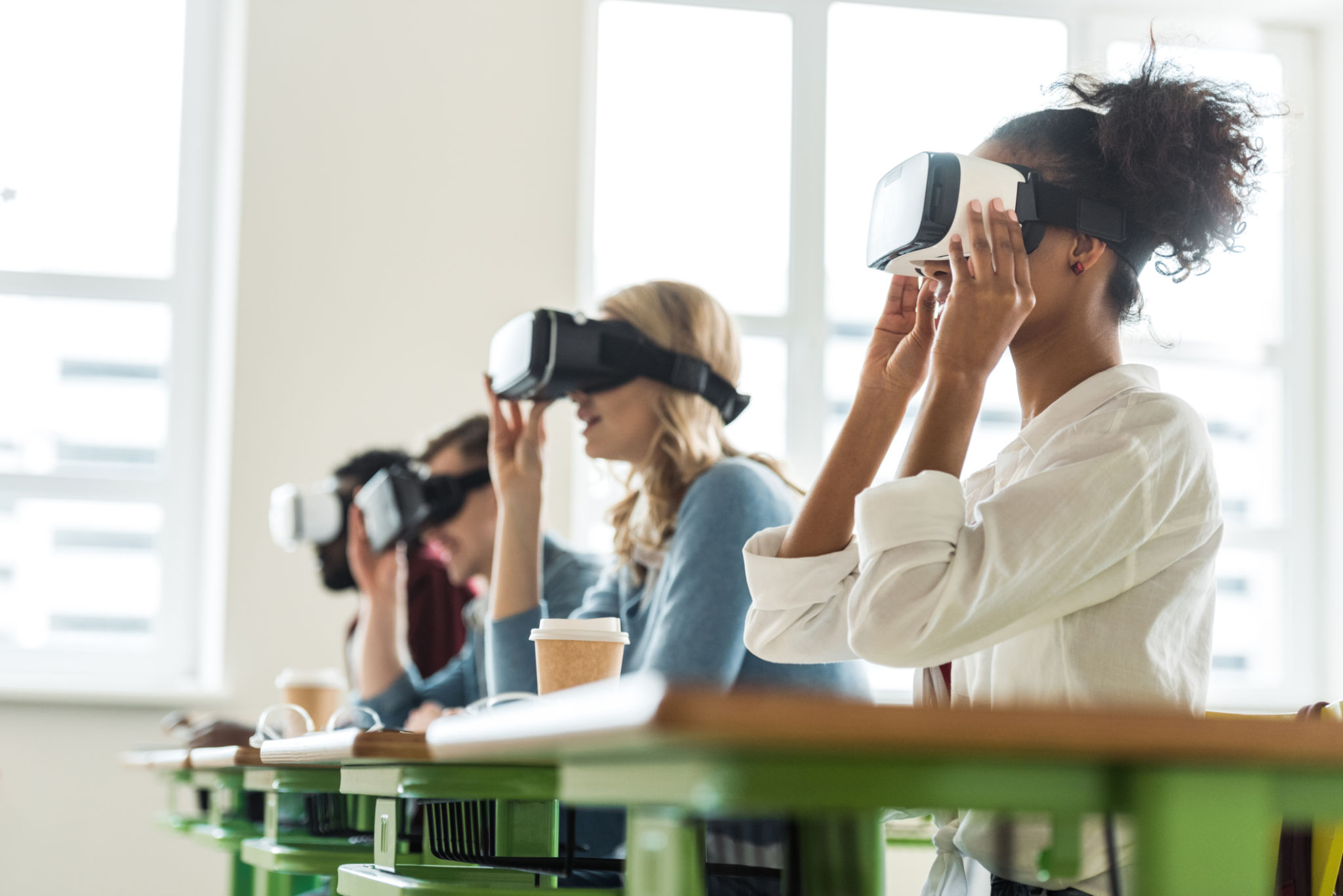Creating Immersive Learning Experiences with VR: Success Stories from Educational Institutions
Introduction to Immersive Learning with VR
Virtual Reality (VR) has increasingly become a powerful tool in transforming educational experiences. By creating immersive environments, VR allows students to engage more deeply with the subject matter, enhancing both understanding and retention. From virtual field trips to interactive simulations, educational institutions are leveraging VR technology to revolutionize the way knowledge is delivered and consumed.

Enhancing Engagement and Retention
One of the significant advantages of using VR in education is its ability to captivate students' attention. Traditional teaching methods often struggle to maintain engagement, but VR offers a multisensory experience that stimulates interest and curiosity. Studies have shown that students who learn through VR are more likely to retain information longer than those taught through conventional means.
For example, biology students can explore the human body in 3D, walking through organs and observing systems at work. This hands-on approach not only makes learning more engaging but also deepens understanding by allowing students to visualize complex processes in a way that textbooks cannot replicate.
Real-World Applications and Skill Development
VR has also proven immensely beneficial in developing practical skills that students can apply in real-world scenarios. Medical schools have adopted VR to simulate surgeries and other medical procedures, providing students with a risk-free environment to practice and hone their skills. This type of immersive training is invaluable, reducing the learning curve and increasing proficiency before students ever step into a real-world situation.

Similarly, engineering programs use VR to allow students to construct and test their designs without material constraints. This not only fosters creativity but also teaches critical problem-solving skills as students can experiment and iterate on their designs with immediate feedback.
Success Stories from Leading Institutions
Several educational institutions around the world have successfully integrated VR into their curricula with remarkable outcomes. Stanford University, for instance, utilizes VR for its Earth Science classes, allowing students to explore geological formations and phenomena up close, providing a deeper contextual understanding that lectures alone cannot achieve.
Another success story comes from the University of British Columbia, where VR is used in social sciences to simulate historical events. Students can immerse themselves in pivotal moments in history, experiencing the events as if they were there, which fosters empathy and a more profound understanding of historical contexts.

Overcoming Challenges and Looking Forward
While the benefits are substantial, integrating VR into educational settings does come with challenges such as high initial costs and the need for specialized equipment. However, as technology advances, these barriers are gradually diminishing. Many institutions are finding innovative ways to fund and implement VR initiatives, such as partnerships with tech companies and government grants.
As these technologies continue to evolve, the potential for VR in education is vast. With ongoing advancements, we can anticipate even more sophisticated applications that will further enhance learning experiences across various disciplines.
Conclusion
The success stories from educational institutions worldwide highlight the transformative impact of VR on learning experiences. By creating immersive environments that capture attention and facilitate deeper understanding, VR has the potential to redefine education for future generations. As more schools adopt this innovative approach, the possibilities for enhancing education are limitless.
